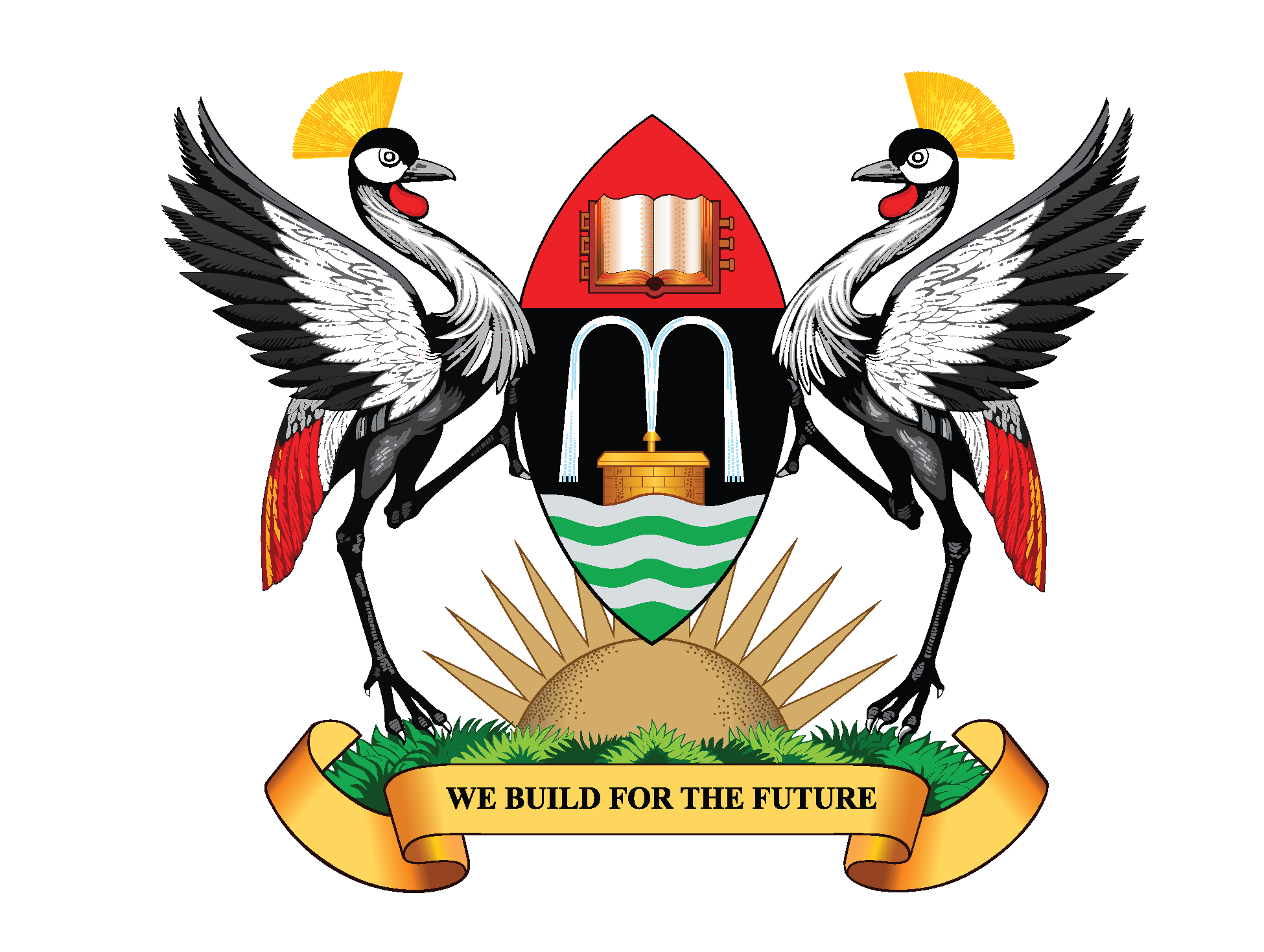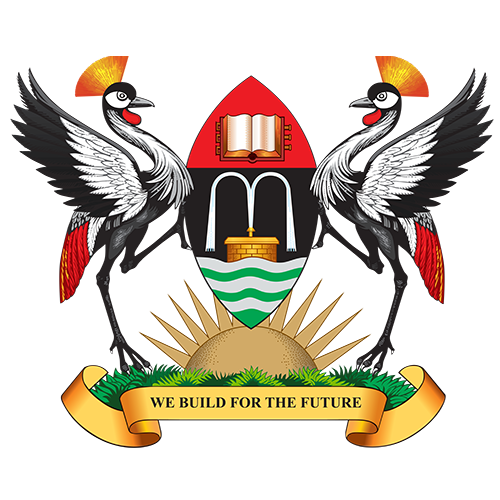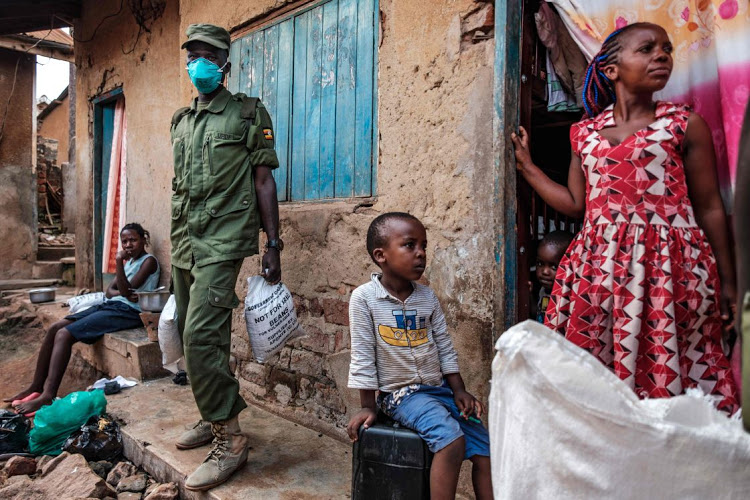
By Communications team
Public Health specialists have urged government to utilize its well-established decentralized systems to support intervention causes such as food relief distribution.
The researchers say to better tackle the food relief response exercise in future, government needs to deploy a multisectoral engagement, better planning, and a decentralized food distribution. Their recommendation is based on their analysis of the recent food distribution exercise in the urban groups in the central region (Kampala and neighboring Wakiso district) where scandals were reported and six senior OPM officials arrested over inflating COVID19 food Prices.
On the March 25, 2020 the National COVID-19 Response Team issued relief food distribution campaign following the country lockdown presidential directive as a result of COVID-19 pandemic.
The food relief was meant for small business operators who earn hand to mouth, the elderly, sickly, and lactating mothers; and were to receive food rations that included 6kg of maize flour per person, 3kg of beans per person, and salt (it was slated that lactating mothers and the sick were to receive 2kgs of powdered milk and 2kgs of sugar).
Other districts of Uganda were scheduled to be reached depending on the resources mobilised during the response campaign. As a measure to cab the spread of the virus, security forces were given the responsibility to undertake the household-based food distribution exercise. It was designated to be house to house, door to door, as a measure to avoid crowding and to maintain social distancing
Concerned about the plight of food relief, the researchers set out to understand relief food distribution patterns and map lessons for Uganda.
Now, in a paper published in The Pan African Medical Journal titled; COVID-19 relief food distribution: impact and lessons for Uganda, the researchers say the recent food relief distribution exercise was marred with reports of delays in the distribution, poor quality supplies, arrests and continued restrictions, slow paced distribution among household, and a negative impact on the health care system.
Nathan Isabirye, a corresponding author from the Makerere University School of Public Health, says government could have handled this relief distribution better, had it utilized its already existing systems such as local council representatives and Village Health Teams (VHTs) during the food distribution planning process.
“Currently, the local council office bears an updated record of the welfare status of its community members at a village level, and the VHTs have the responsibility of mobilization of village members for community health activities. In that way, they are conversant of the settings where they operate and belong especially in slums and rural communities. Consultation of these systems during the design and implementation of relief food programs during similar epidemics is very key,” says Isabirye.
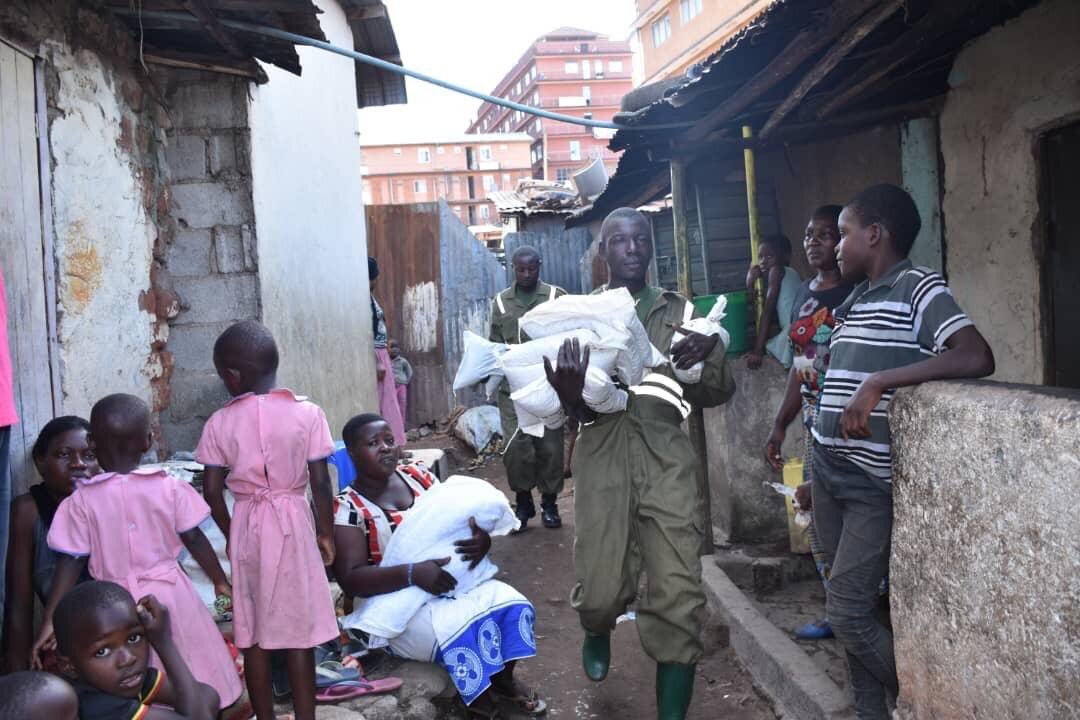
Adding that; “This can ease identification and making right estimations of households that are at a higher risk of becoming food insecure and the engagement of stakeholders. It also allows the security forces to remain with their role of provision of security during such emergencies.”
The study has established that majority of vulnerable households have not benefited from the food donation exercise, including many urban poor and rural dwellers scattered in different regions of Uganda.
With the unpredicted end to the lockdown as well as continued restrictions and muddle continue to suppress the relief food program and the livelihood of the low socio-economic class and as a result, government has continued to mobilize relief donations from stakeholders and urged individuals to make food donations to those at risk within the neighborhood.
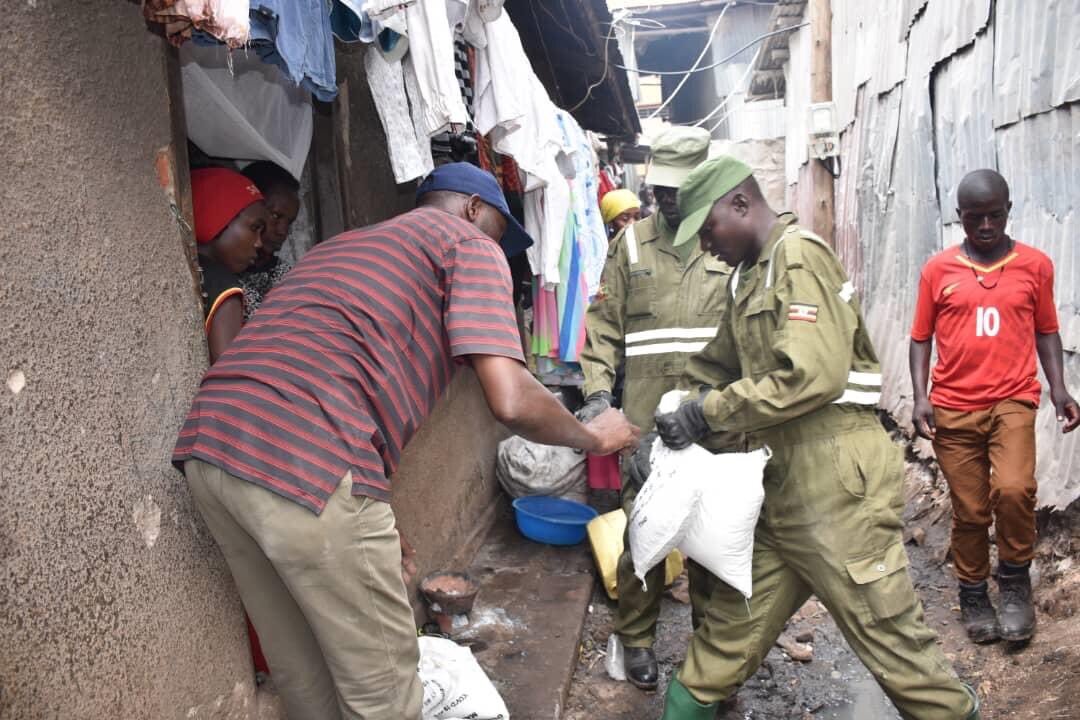
But researchers say lack of clear guidelines on quality and the process of contribution have continued to play against the pooling of resources and distribution of donations.
The researchers have recommended that in future, involvement of the line ministries (Finance, agriculture, health, research institutions) through a multisectoral approach will enable effective planning of food distribution, price restrictions of food items and inspection at a national level.
They have also called for proper planning to utilise the COVID-19 disease spread model to estimate the speed and pattern, both geographically and overtime to design appropriate food distribution plans.
“It is important to plan as a country and rejuvenate the regional stock centers for food in silos countrywide to avoid depending on donations during a nationwide emergency,” says researchers.
They contend that a clear standard operating procedures and measures should be communicated to guide the entire process during a food relief response to a countrywide emergency such as this.
They also recommend the use of mobile cash transfers to the food insecure urban and local residents during pandemics such as COVID-19 as one of the avenues
“This is a tool that can be fast, support local economies but also reduces the cost on middlemen and related corruption,” argue researchers.
The paper was co-authored with Mr. Benon Musasizi from the Department of Human Nutrition at Kyambogo University
